Borage Harvesting: How And When To Harvest Borage Plants
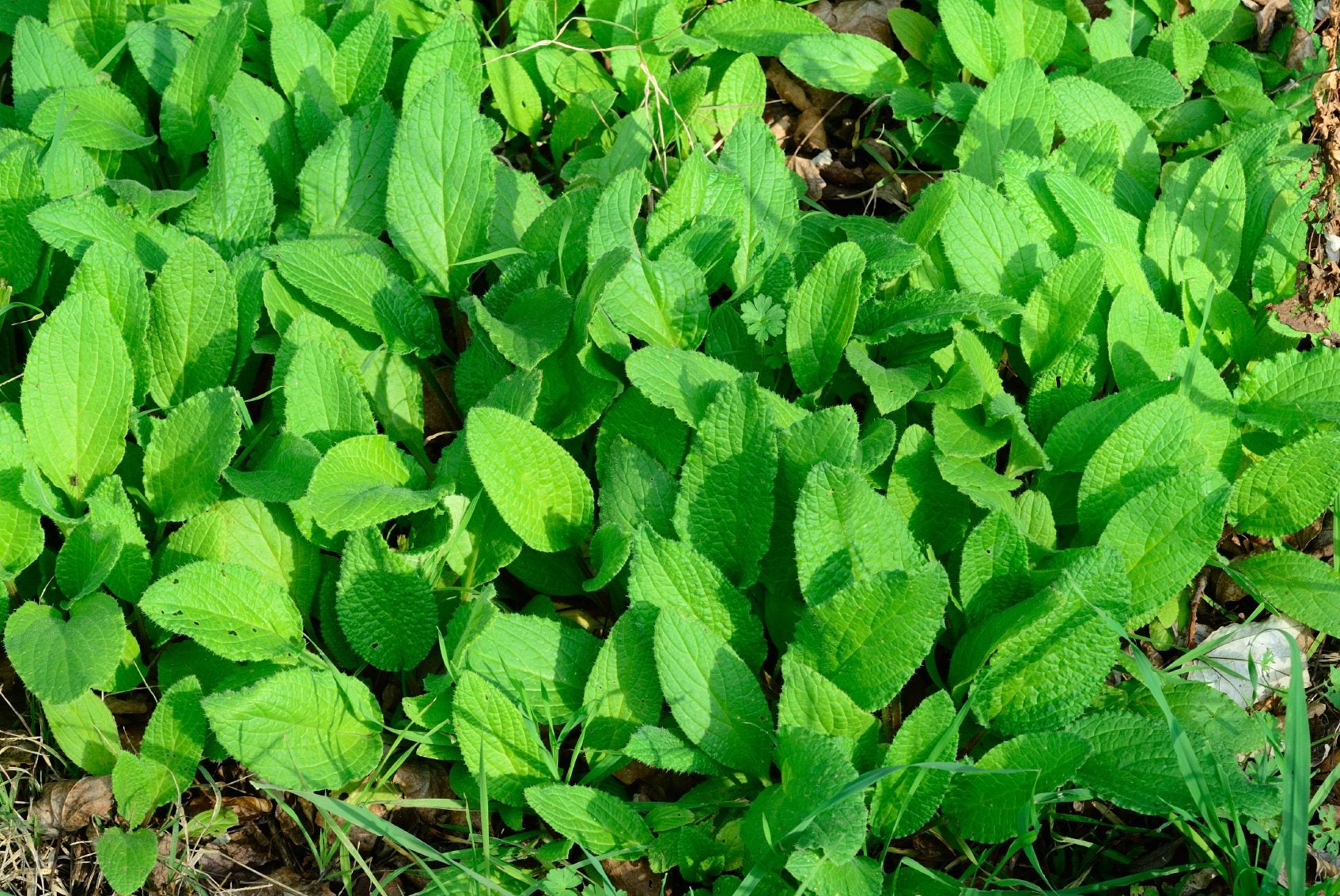
Sage, rosemary, and thyme are perennial staples of most herb gardens, but don’t forget the annuals. A hardy annual, suited to all USDA hardiness zones, is borage. This self-seeding herb is easy to grow and if allowed to bloom and set seed will provide year upon year of edible blue blossoms as well as foliage. The question is, when and how to harvest borage?
How and When to Harvest Borage
Before we get into borage harvesting, a little more info about the plant is useful. An ancient herb, borage also goes by the names “bee plant,” “bee bread,” talewort, starflower, and cool-tankard. The reference to bees is particularly apt, as the plant is an excellent bee attractor with its also aptly named star-shaped flowers. Borage flowers are usually bright blue, but the cultivar ‘Alba’ has white flowers. Although borage self-seeds, it is less likely to be invasive than herbs such as mint. Borage spreads from seeds above ground rather than underground stolons like mint. The plant can be top heavy with the weight of its cluster of flowers and will reach a size of between 18 and 36 inches (46-91 cm.) high by 9 to 24 inches (23-61 cm.) across. Not only is borage beneficial to pollinating bees, but it seems to improve the quality of other plants. It is often grown in conjunction with cucumber, beans, grapes, squash, and peas. Borage is high in calcium and potassium, so many folks plant it with their tomatoes to stave off blossom end rot, which is the result of a lack of calcium. Potassium also helps plants set fruit, so a little borage in the garden may go a long way towards engendering healthy and bountiful crops. Borage (Borago officinalis) is of Mediterranean origin and, as such, thrives in full sun, although it will tolerate light shade. Direct sow seeds ¼ inch (6 mm.) deep in rows set 18 inches (46 cm.) apart in February or March. Germination should occur within a week or two. When the seedlings are two inches tall, thin to about 12 to 15 inches (31-38 cm.) apart. Seeds can be readily obtained at nurseries, garden centers, or via the internet. Or, if you know someone who is growing the herb, you might try harvesting borage seeds yourself. Harvesting borage seeds is pretty easy since, unlike many other seeds, borage seeds are fairly large. They look like small, hard seed pods with grooved sides and a cap on the top.
Borage Harvesting
Both the leaves and flowers of borage are edible with a flavor much akin to a cucumber. The stalks and leaves are covered with fine, silvery hairs that tend to get pricklier as they mature. Borage leaves contain a small amount of silica, which for some people can act as an irritant. It’s wise to handle the plant with gloves while picking borage leaves and even in the kitchen if you know or think you may be susceptible. When picking borage leaves, select the young ones, which will have less of the little hairs. Continual harvesting and deadheading will allow for a longer period of use.
Gardening tips, videos, info and more delivered right to your inbox!
Sign up for the Gardening Know How newsletter today and receive a free copy of our e-book "How to Grow Delicious Tomatoes".

Amy Grant has been gardening for 30 years and writing for 15. A professional chef and caterer, Amy's area of expertise is culinary gardening.
-
 Looking For Plants To Give You The Soft And Fuzzies? Try These 5 Fuzzy Leaf Plant Options
Looking For Plants To Give You The Soft And Fuzzies? Try These 5 Fuzzy Leaf Plant OptionsLovers of texture, drama, silver foliage and tactile plants will adore these special sensory garden additions. These fuzzy leaf plant options will leave you all aglow
By Susan Albert
-
 Get Ready For A Summer Of Hummers! Grow These Full Sun Hummingbird Plants and Flowers
Get Ready For A Summer Of Hummers! Grow These Full Sun Hummingbird Plants and FlowersIf you’re lucky enough to enjoy a sunny backyard, make sure you are maxing out on your pollinator opportunities and grow these full sun hummingbird plants and flowers
By Tonya Barnett
-
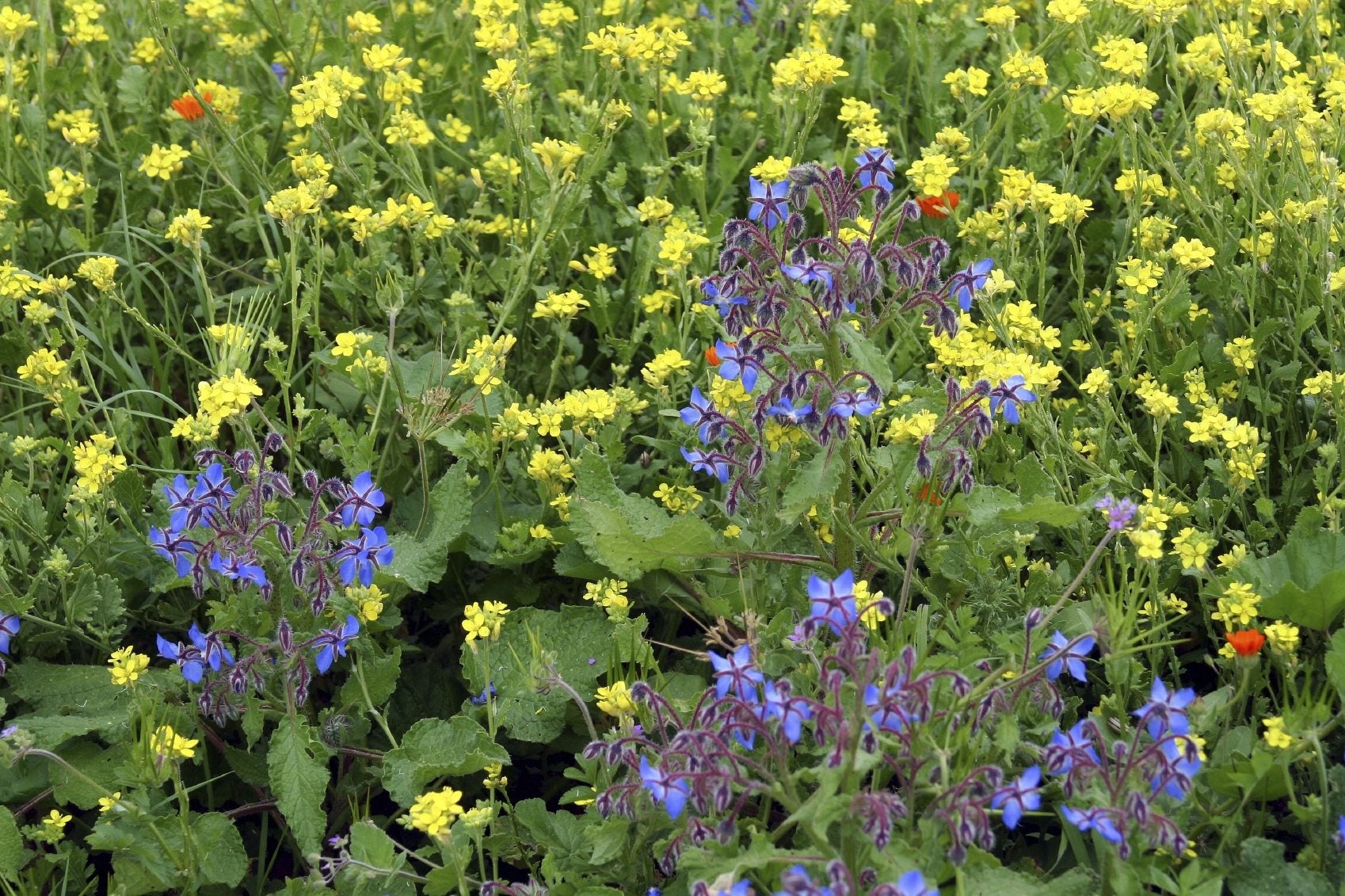 Companion Planting With Borage – Plants That Grow Well With Borage
Companion Planting With Borage – Plants That Grow Well With BorageCompanion planting is based on the idea that some plants perform better if they are located near a strategic plant partner that may attract beneficial insects, improve soil quality, or even share root space in a beneficial manner. Learn about borage and companion planting here.
By Karen Boness
-
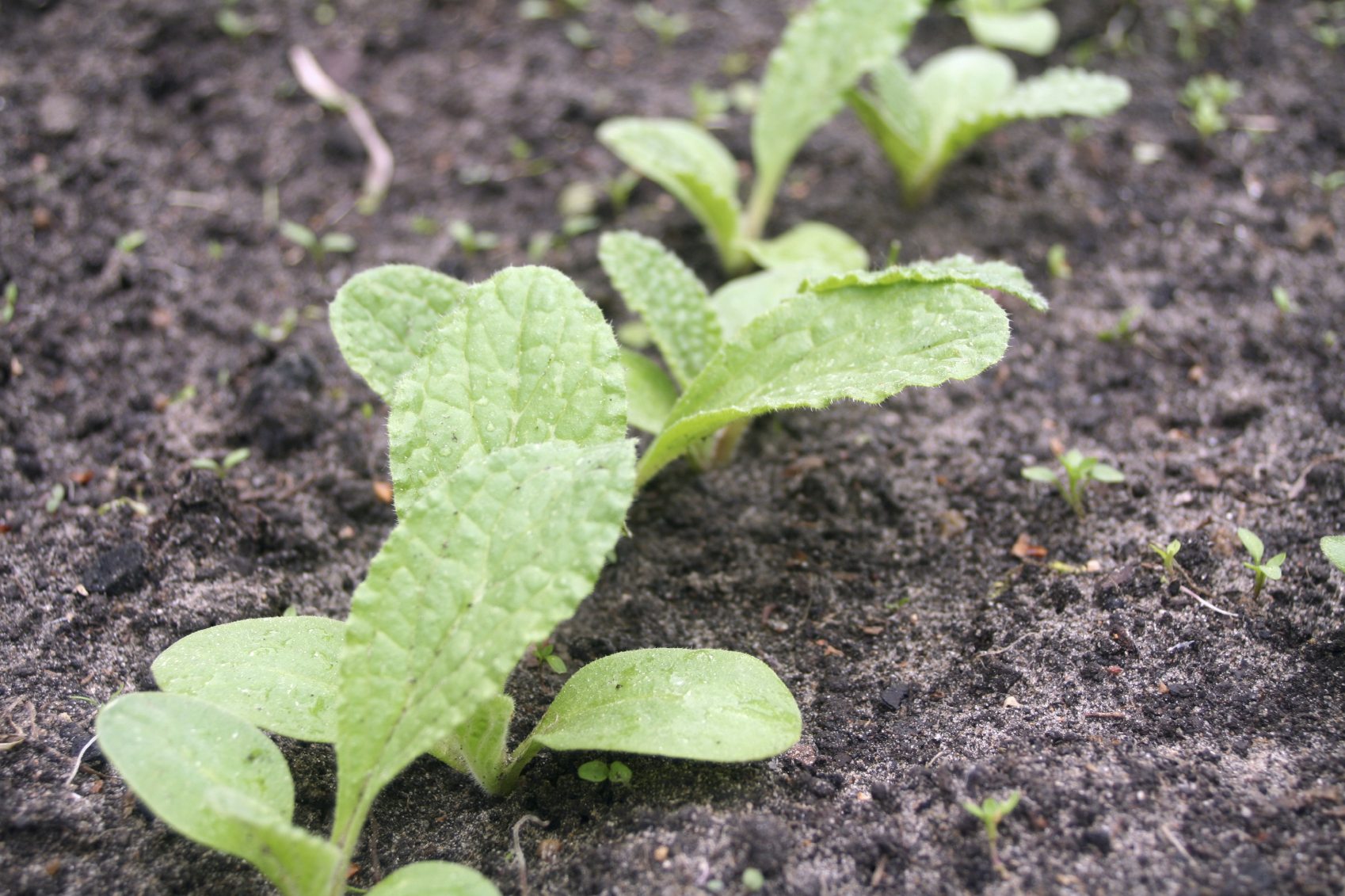 Borage Seed Growing – How To Plant Borage Seeds
Borage Seed Growing – How To Plant Borage SeedsEven if you can't be convinced to bring it into the kitchen, borage is a favorite of bees. Borage is great to have around, and so easy to grow. Learn about borage seed propagation and growing borage from seeds in this article.
By Liz Baessler
-
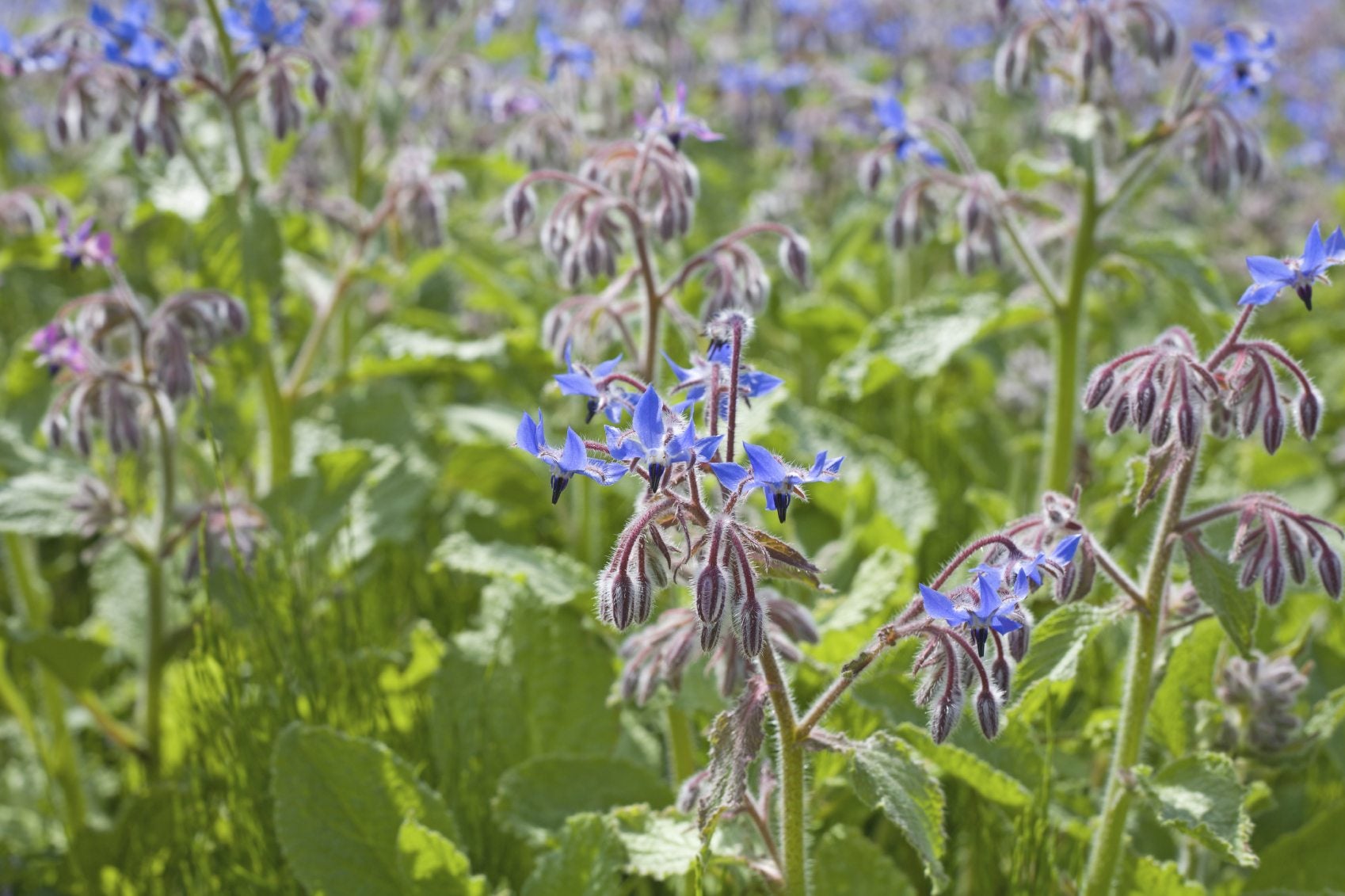 Borage Cover Crops – Using Borage As Green Manure
Borage Cover Crops – Using Borage As Green ManureUsing borage as green manure allows the nutrients brought up by the plant's deep taproot to be dispersed into the upper areas of soil when the plant composts. The result is healthy soil, rich in nutrients and deeply aerated earth. Learn more here.
By Bonnie L. Grant
-
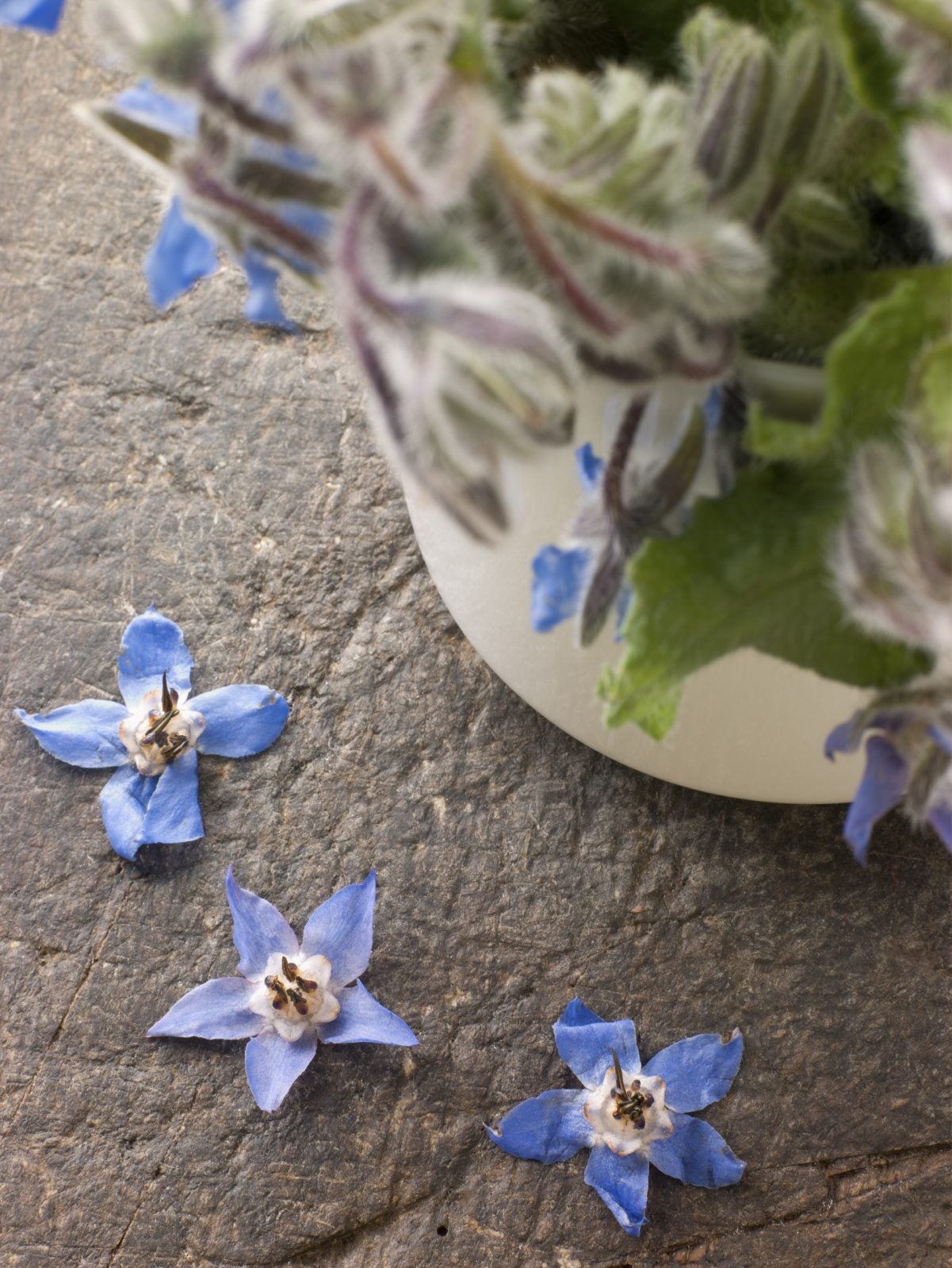 Container Grown Borage: Learn About Growing Borage In Pots
Container Grown Borage: Learn About Growing Borage In PotsIf you don't have space in your garden, or if you're concerned about the plant's rambunctious growth habit, consider growing borage in containers. This article will help get you started with growing borage in pots.
By Mary H. Dyer
-
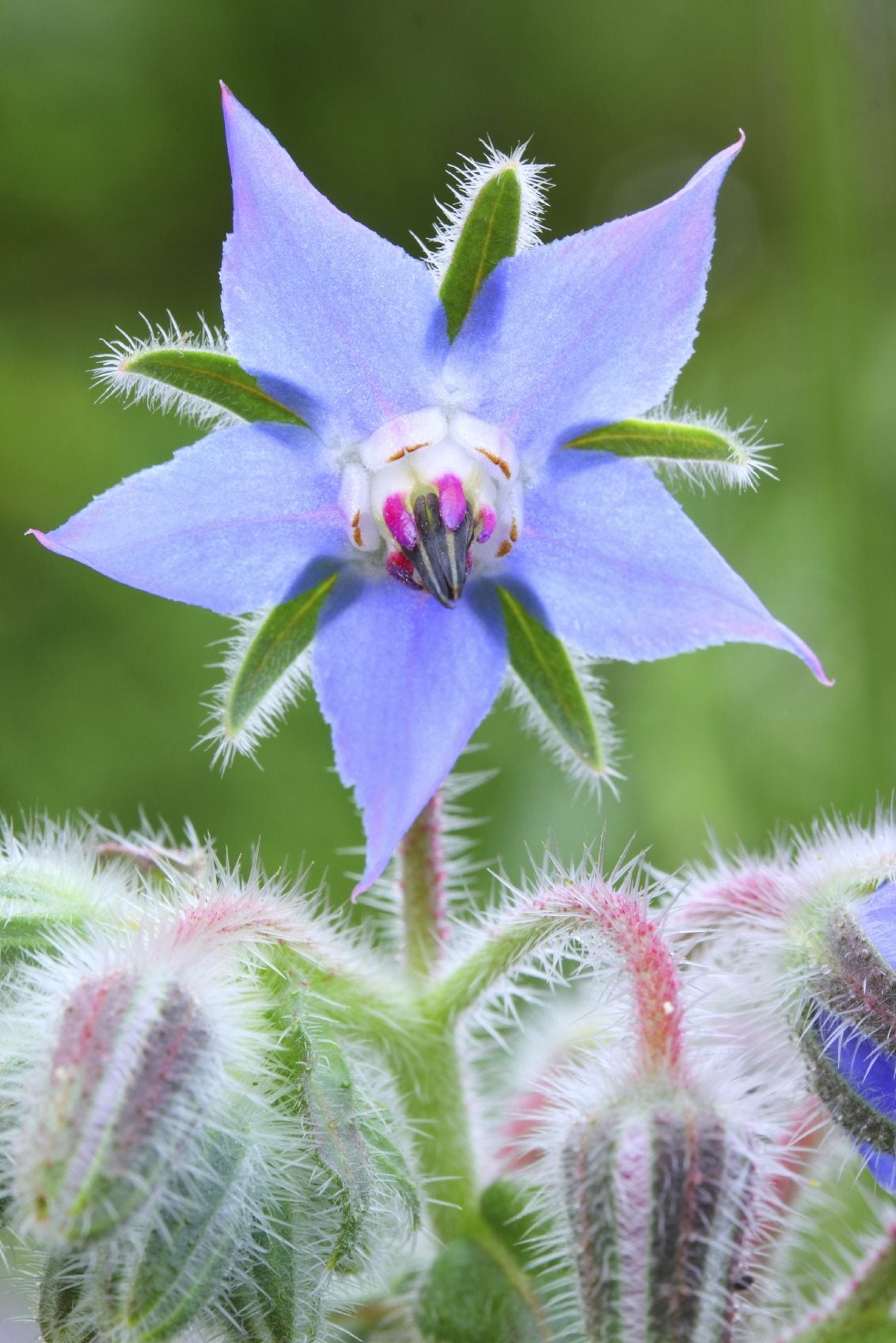 Borage Varieties – Are There Different Borage Flowers
Borage Varieties – Are There Different Borage FlowersBorage is a tall, sturdy herb distinguished by deep green leaves covered with fuzzy, white hairs. Home herb gardeners can select from four primary varieties of borage, all equally beautiful and easy to grow. Learn more about various borage plant types here.
By Mary H. Dyer
-
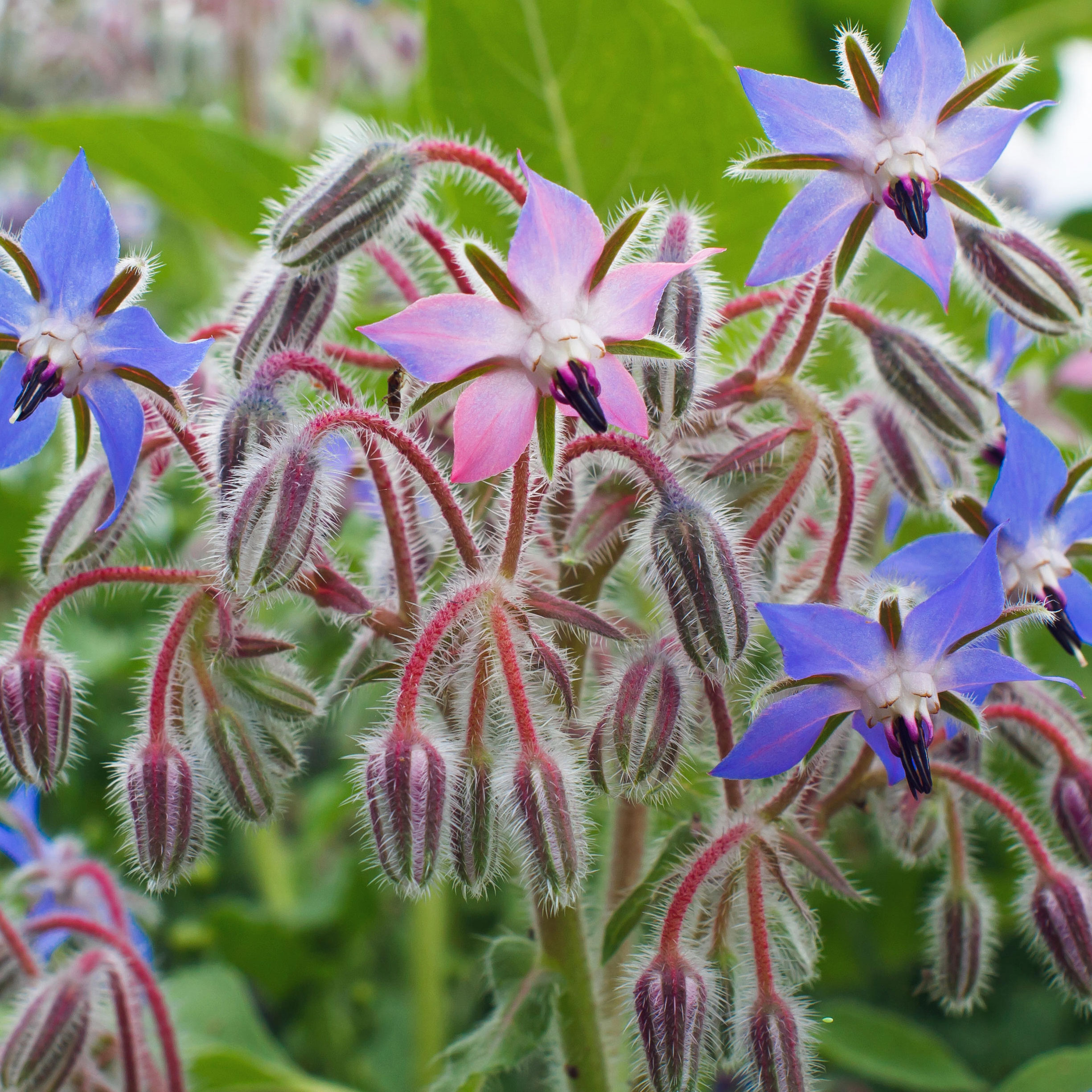 Planting Borage: Ultimate Growing Guide For Sublime Starflowers
Planting Borage: Ultimate Growing Guide For Sublime StarflowersWith its bright blue, bee-friendly flowers, the starflower is a versatile annual herb. Our expert guide to planting borage shows you how to make more of this edible beauty
By Bonnie L. Grant